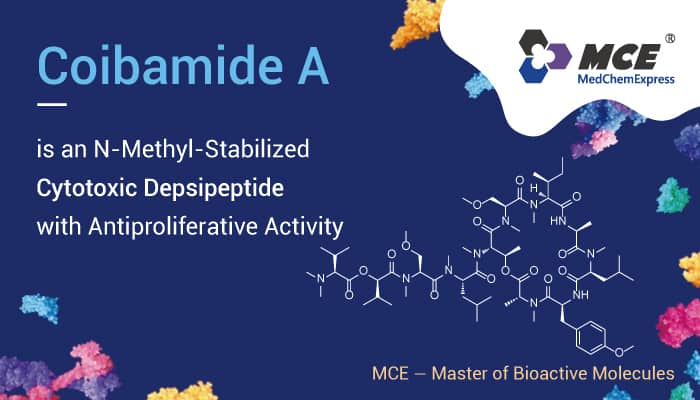Autophagy is the key structure of macroautophagy. Macroautophagy is an intracellular degradation system of cytoplasmic contents. Meanwhile, autophagy is a new double-membrane vesicle formed during autophagy, which can phagocytose a variety of intracellular substances. It transports this autophagic material to the lysosome for subsequent degradation. The lysosomal hydrolase degrades the contents and inner membrane transported by autophagy. Nonetheless, autophagy is an important cellular mechanism that enables cells to meet various needs. Its destruction will destroy the balance of the body and lead to various diseases, including metabolic disorders, neurodegeneration, and cancer. There are two types of autophagy: non-selective and selective. Specifically, non-selective autophagy can non-selective phagocytosis of cytoplasmic solutions, including soluble proteins.
Besides, the function of autophagy is to remove misfolded proteins and damaged organelles, as well as to recover cell solute components during starvation to compensate for nutritional deficiency. Moreover, this process is regulated by mTOR-dependent and mTOR-independent pathways. Here, we will introduce an N-methyl-stabilized cytotoxic depsipeptide with potent antiproliferative activity, Coibamide A.
Coibamide A is an N-Methyl-Stabilized cytotoxic depsipeptide with antiproliferative Activity. It also induces autophagosome accumulation.

First of all, Coibamide A induces autophagosome accumulation via an mTOR-independent mechanism. Importantly, Coibamide A induces Apoptosis. Furthermore, Coibamide A inhibits VEGFA/VEGFR2 expression and suppresses tumor growth in glioblastoma xenografts.
In the second place, Coibamide A with 0.3-1 nM for 3-60 hours inhibits the proliferation of MDA-MB-231 breast cancer cells. Coibamide A produces concentration- and time-dependent cell death in human U87-MG and SF-295 glioblastoma cells. Particularly, Coibamide A induces activation of caspase-3/7 and apoptosis in a cell type-specific manner. Coibamide A induces autophagosome accumulation in apoptotic-resistant U87-MG cells.
Last but not the least, Coibamide A inhibits tumor growth in a subcutaneous mouse model of glioblastoma. Obviously, Coibamide A remained stable at 200-300 mm3 without significant growth over 4 weeks. In fact, the tumors of vehicle-treated animals continued to grow at a steady rate consistent with this aggressive cancer cell type.
All in all, Coibamide A is an N-methyl-stabilized cytotoxic depsipeptide with potent antiproliferative activity.
References:
Jeffrey D Serrill, et al. Invest New Drugs. 2016 Feb;34(1):24-40.